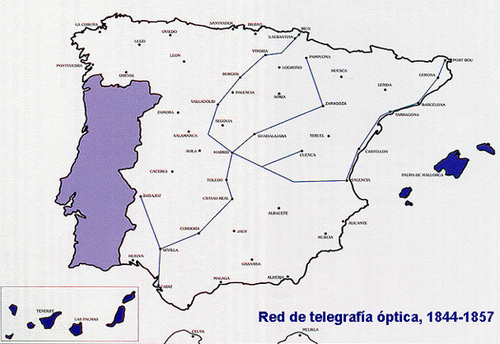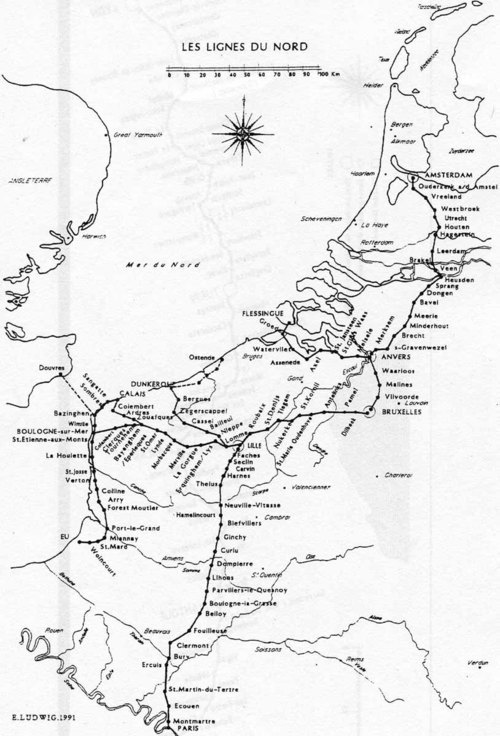
Email of the 18th century didn’t quite involve the internet or any of the current electronic devices we are obsessed with today. The optical telegraph essentially served the same function of transmitting electronic messages. Invented in 1792 by French engineer Claude Chappe, this apparatus was specifically crucial to people who wanted to communicate messages in rapid succession. Interestingly enough, Chappe devised the word “telegraph.”
Chappe created “Le Système Chappe” to cover France’s entirety with 556 optical telegraph stations that were used by the military and government to communicate crucial information until the 1850s.
The optical telegraph transmitted information through a series of visual signals. Towers with moving shutters, named blades, were invented to encode the information through a series of mechanical elements. These towers were placed all around France to build networks located at 3 to 12 miles apart from one another. They contained a wooden semaphore transmitter and two telescopes. Each tower contained a telegrapher who would interpret the message by looking through the telescopes at the tower appearing before in the chain of communication. The visual message was perceived and understood when the shutter was placed in a designated position. The wooden post shutter contraption could contort into 4 different positions, allowing for 196 total positions to be possible. It was almost like Morse code; the positions symbolized a code for a letter, number, word, or phrase to be interpreted.

The telegraphers in each tower would run down the line, transmitting the message across great distances. Each telegrapher had to be sure that they would copy the signal correctly. Through this technique, messages generally travelled at 857 miles per hour.
This technology was intensely used during the French Revolution where lines were constructed to run between Paris and Lille. This network line of communication contained 15 optical telegraphs.
The semaphore lines used acted like the predecessor to the electrical telegraph. Its functionality was inspired by how smoke signals were used to communicate basic messages. Some drawbacks that the optical telegraph posed included the inability of this device to operate over certain distances and during all weather conditions. Many optical telegraphs used relay stations in order to account for great distances.
Modern technologies like the flag semaphore and the heliograph that used a mirror to direct the sun’s rays have been derived from the optical telegraph.
This system of communication was totally a distant ancestor of e-mail. The image translation aspect of optical telegrams was essentially the equivalent to our modern day keyboards. The overall concept is extremely comparable to the Internet and contemporary messaging techniques.
Advertisement
Learn more about Electronic Products Magazine





